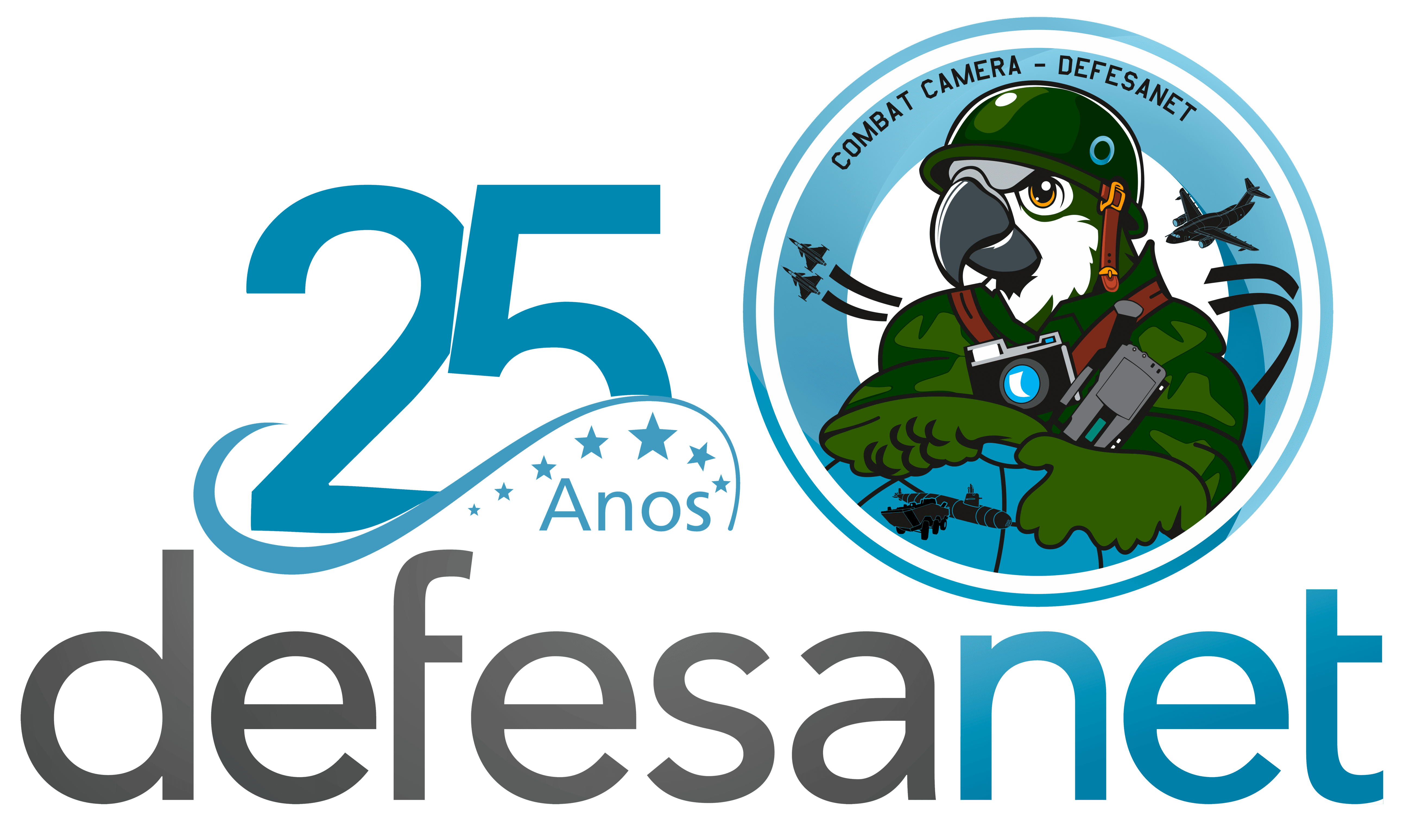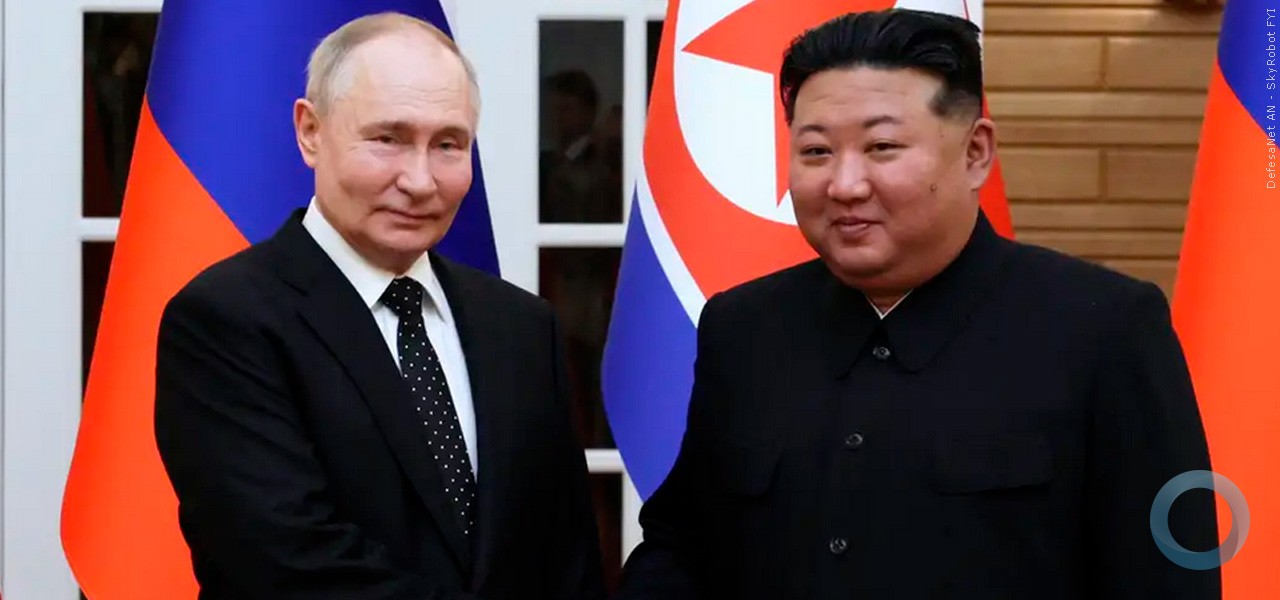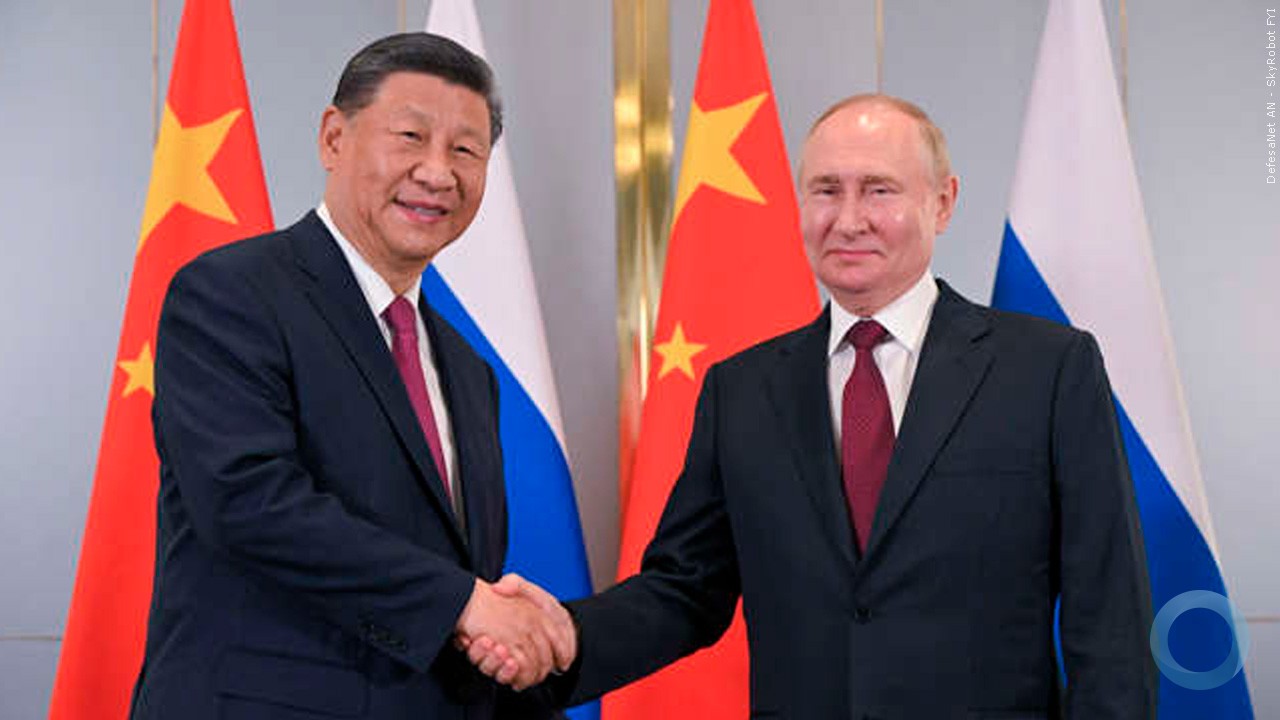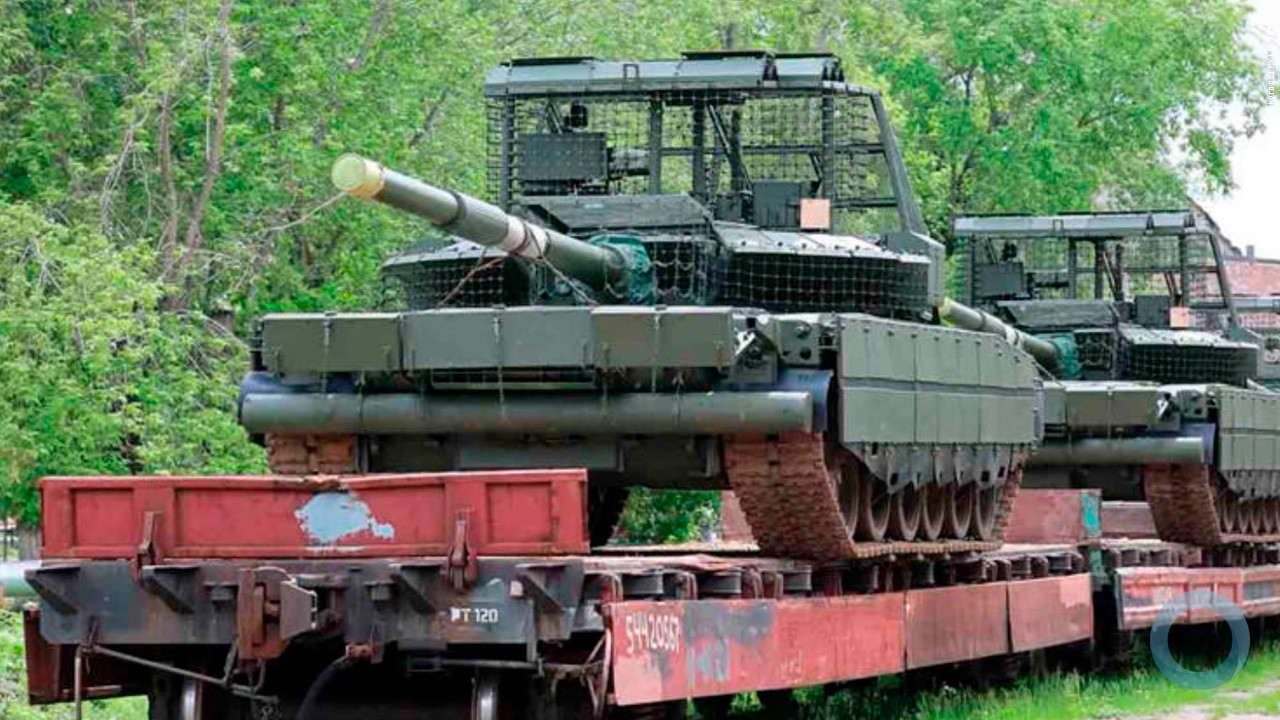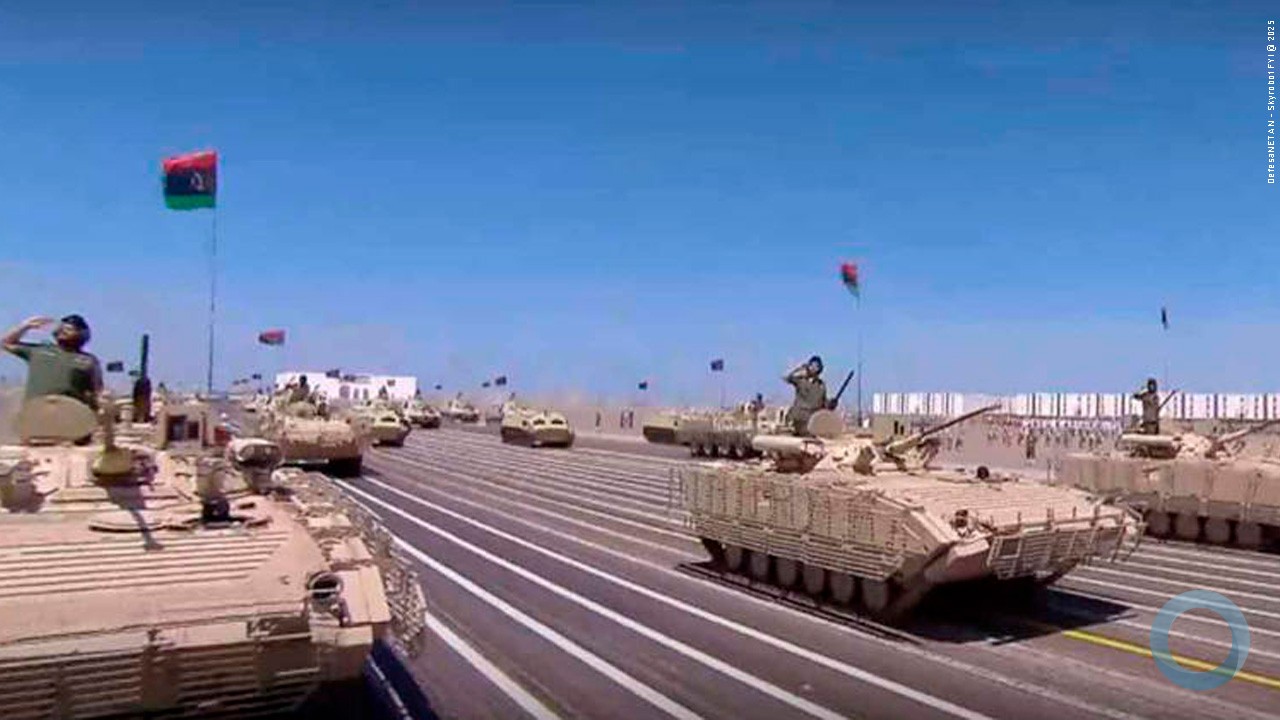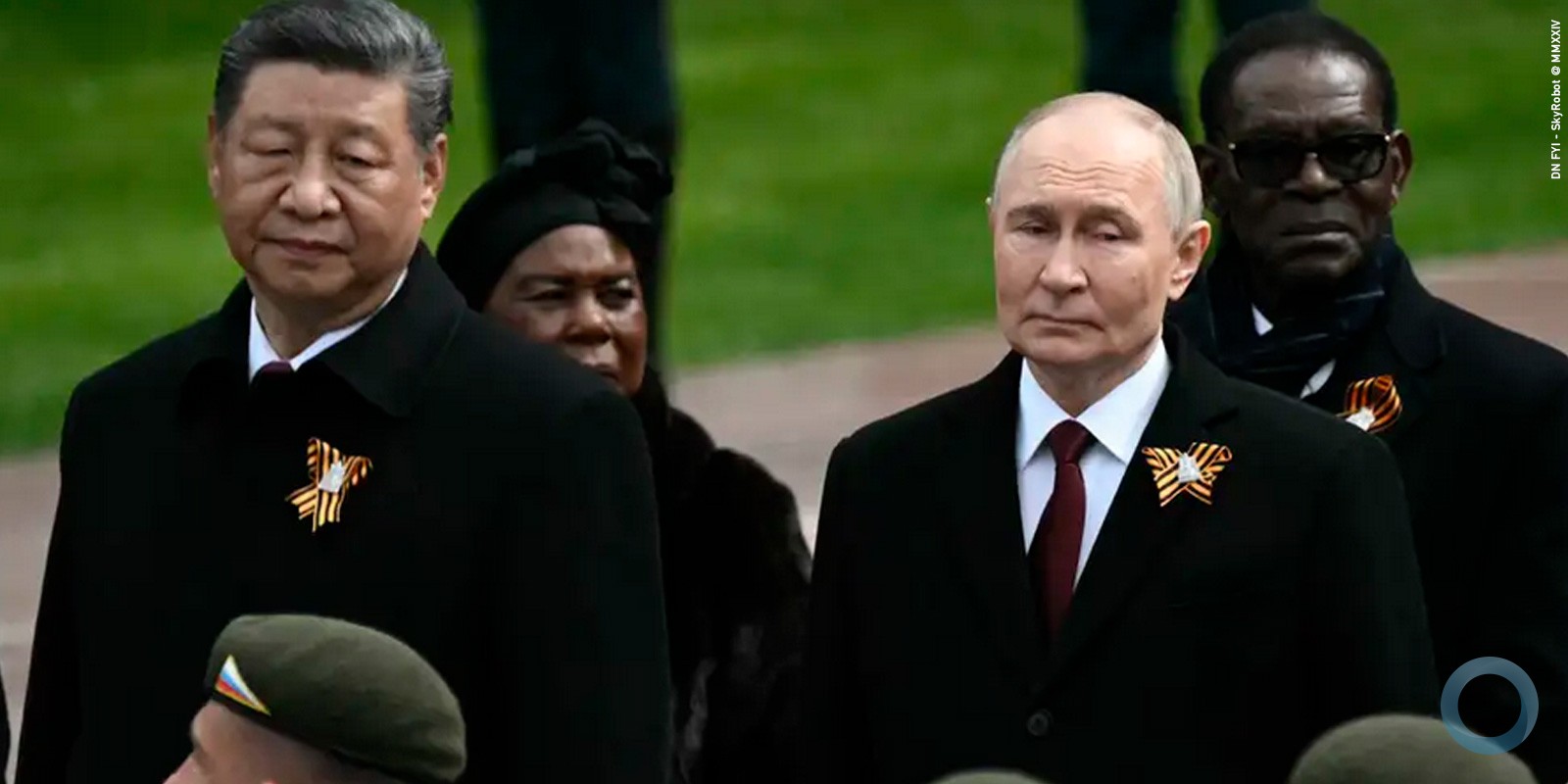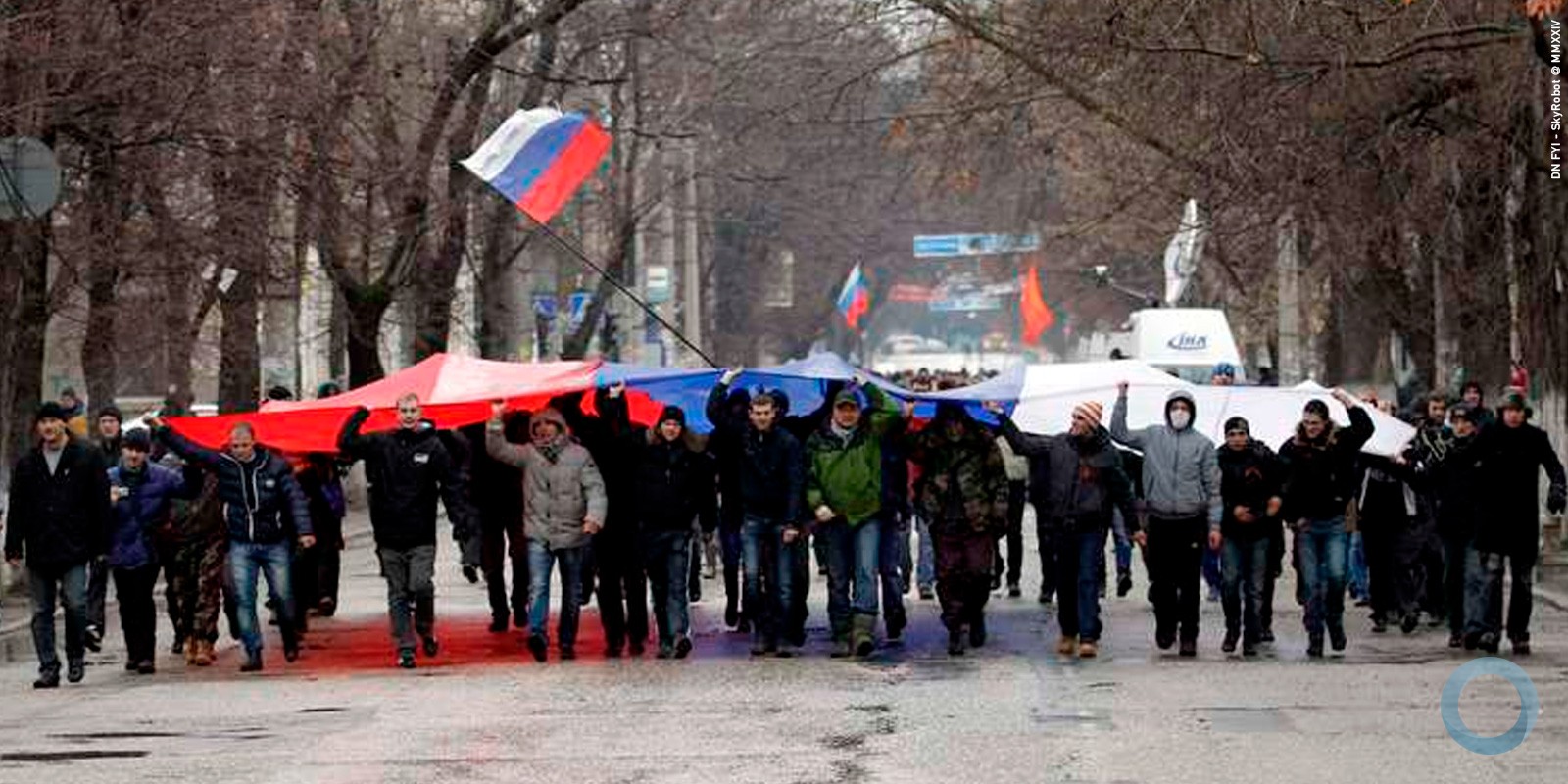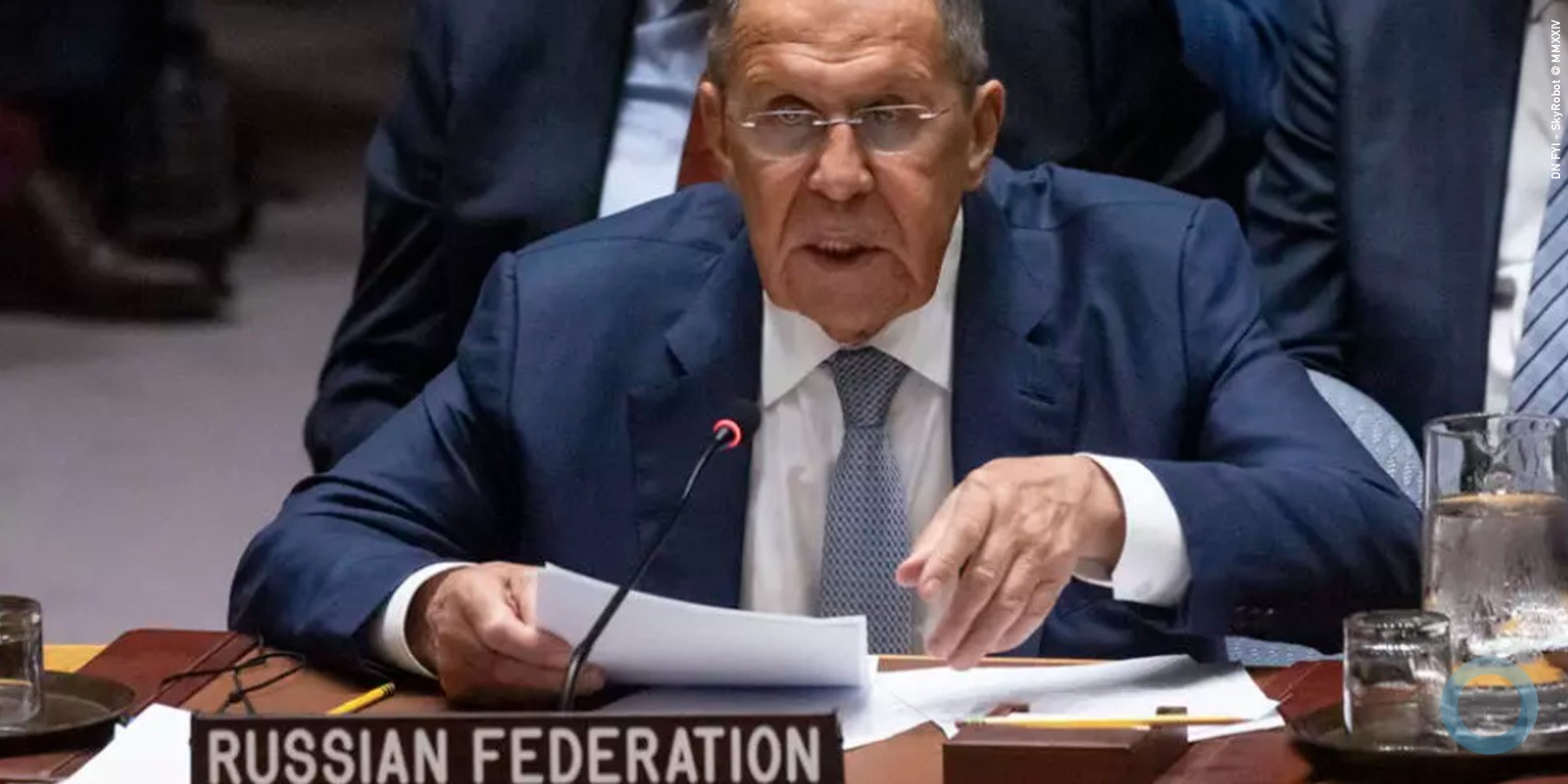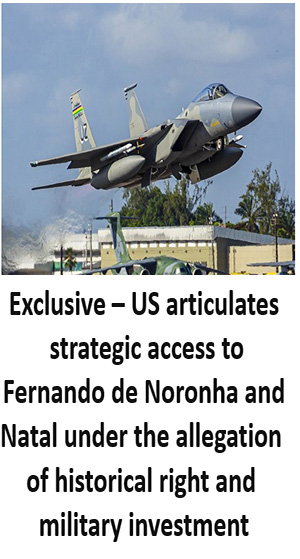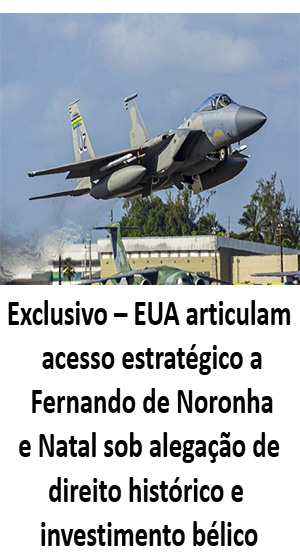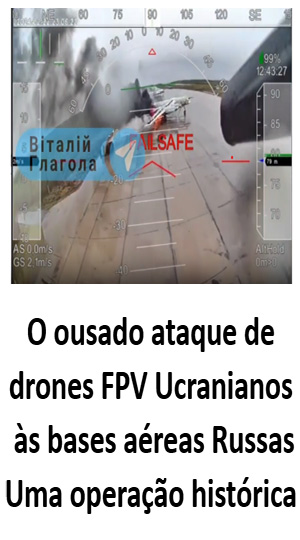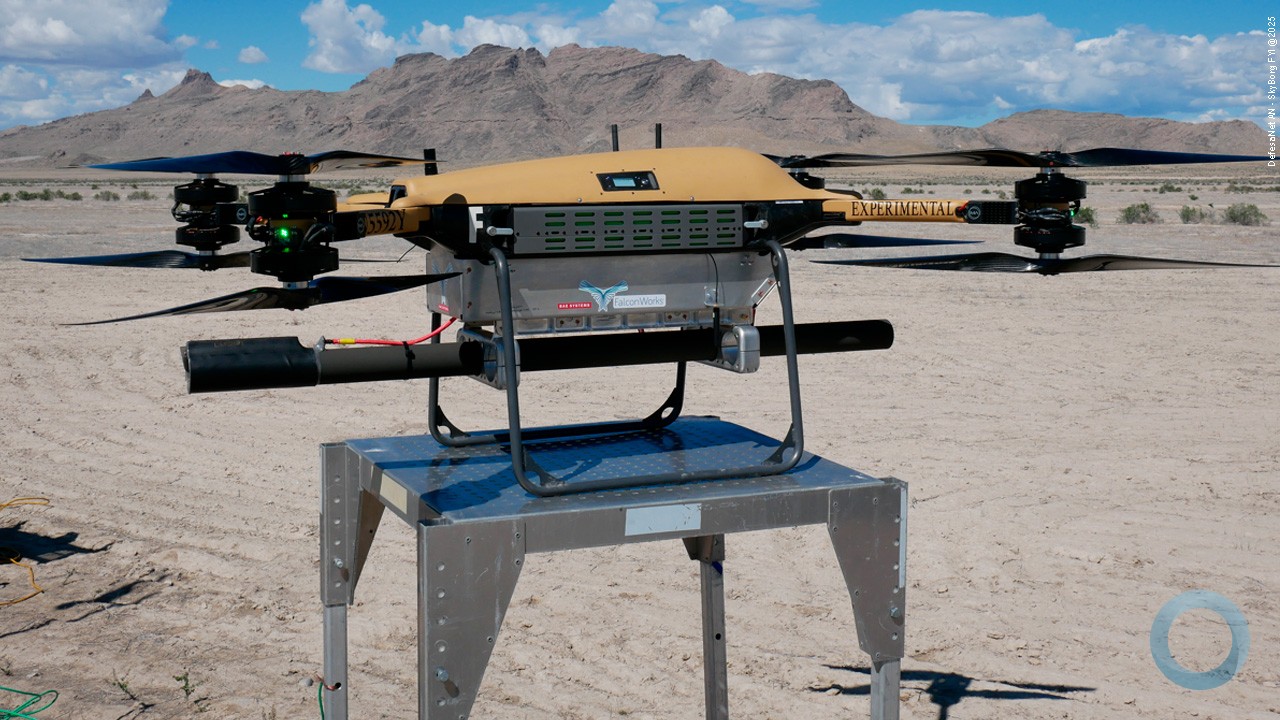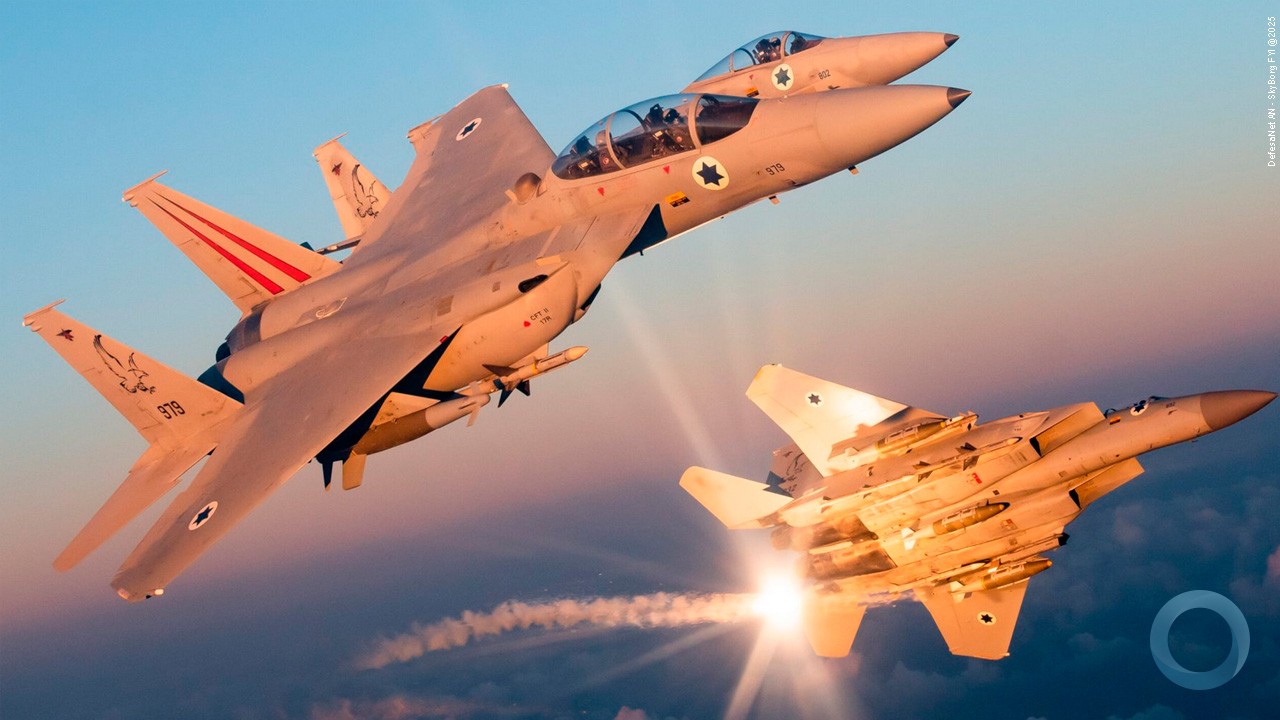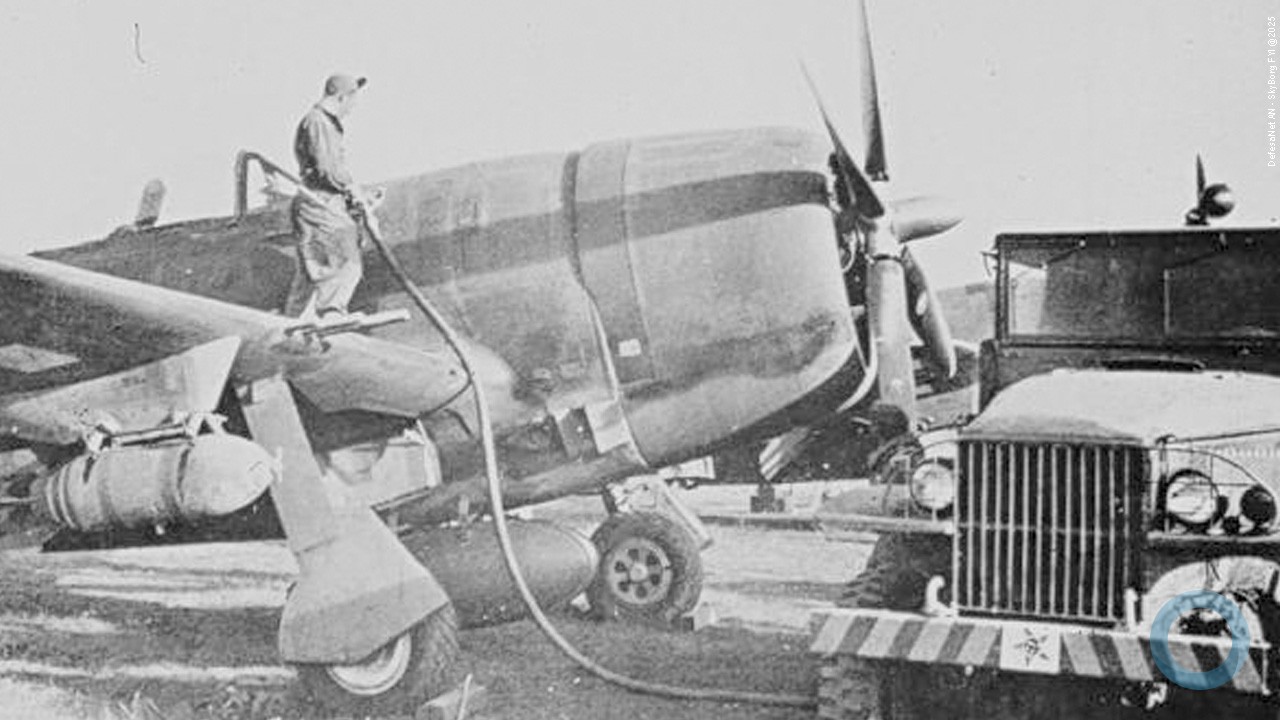
Scope, Aim, Components, Conduct, Locations
Exercise Trident Juncture 2015, the Alliance’s most important exercise in 2015 and a flagship activity for NATO’s Connected Forces Initiative (CFI), is the largest exercise conducted by the Alliance since 2002. Trident Juncture 2015 will have two parts:
– Command Post Exercise (CPX) for Strategic and Operational level staff training, evaluation and certification (3-16 October);
– Live Exercise (LIVEX) for Tactical level troop engagements (21 October – 06 November).
In the spirit of train-as-you-fight, the CPX element of Trident Juncture 2015 represents a venue for trainees to deal with the SOROTAN scenario which provides a setting that enables an out-of-area Crises Response Operation, showcasing NATO’s flexibility in the face of advanced threats and addressing many NATO training priorities simultaneously.
Fifteen years ago NATO conducted Exercise Strong Resolve between 1-15 March 2002, primarily in Norway and Poland. Over 40,000 personnel participated in that exercise from the following NATO nations: Belgium, the Czech Republic, Denmark, France, Germany, Greece, Italy, the Netherlands, Norway, Poland, Portugal, Spain, Turkey, the United Kingdom, and the United States. These were joined by the following Partner nations (some who are now Allies): Austria, Bulgaria, Estonia, Finland, Latvia, Lithuania, Romania, Slovakia, Slovenia, Sweden, Ukraine and Uzbekistan.
Scope of the Exercise
The exercise, which involves 36,000 personnel from more than 30 Allied and Partner Nations, will be hosted by Italy, Portugal, Spain. In addition to those nations the exercise will also be conducted in Belgium, Canada, Germany, the Netherlands and Norway. Naval elements will participate from the Atlantic Ocean and the Mediterranean Sea.A challenging and dynamic event, the exercise demonstrates NATO’s level of ambition in Joint modern warfare. As the culminating event for many units, military and civilian staff training to serve as part of the NATO Response Force (NRF), Trident Juncture 2015 provides an opportunity for them, and non-NRF assets, to refine their capabilities.
Aim of Trident Juncture 2015
The aim of Trident Juncture 2015 is to facilitate the testing of the command & control (C2) concept, interoperability, strategic communication, intelligence, surveillance, target acquisition, and reconnaissance (ISTAR), and to test the NATO Response Force (NRF). The NRF is a high-readiness and technologically advanced multinational force comprising Land, Air, Maritime and Special Forces components that the Alliance can deploy quickly wherever needed, to handle any situation in any environment. The NRF must be able to respond to the full spectrum of potential missions. These include contribution to the preservation of territorial integrity, making a demonstration of force, peace support operations, disaster relief, protection of critical infrastructure, security operations and, as part of a larger force, conduct of initial entry operations. This requires exercising complex capabilities employed by interoperable and multinational forces in a demanding environment.
Trident Juncture 2015 provides the structure for Allies and Partners to train and exercise coherently, reinforces full-spectrum joint and combined training and promotes interoperability. In between this framework, NATO is also testing the functions of the Very High Readiness Joint Task Force (VJTF), also known as the Spearhead Force, whose establishment was decided after the NATO Defence Ministers Meeting decision in February 2015. Centred on a multinational brigade with some elements ready to move within 2 to 3 days, this force is provided by Allies in rotation and is trained and organized to rapidly respond to contingencies.
Trident Juncture 2015 is designed to test both live forces and those involved with the command and control of NRF troops using the so-called ‘SOROTAN’ fictional scenario. Developed by the Joint Warfare Centre in Stavanger, SOROTAN provides a multi-layered complex environment designed to challenge staff at the operational level. The scenario will also test training audiences’ capabilities to work through the ambiguities that surround hybrid warfare.
Trident Juncture 2015 Components
Contributions from many NATO Allies and several Partner nations demonstrate NATO's readiness to defend its members using a wide range of modern weapons systems, in a realistic multinational environment. Both the command and control and live components of the exercise contribute to maintaining the unparalleled level of interoperability among Allies and Partners as a result of recent and intense operational experiences. A transportable modular headquarters complex, known as Capability Package 156 (CP 156), provides NATO with the capability to conduct the command and control of operational forces when permanent infrastructure is not available, such as on military operations in austere areas.
Command Post Exercise Participants:
– Allied Joint Force Command Headquarters Brunssum;
– Spanish NATO Rapid Deployable Corps;
– United Kingdom Maritime Force;
– Italian Joint Force Air Component Command;
– United States Special Operations Command Europe;
– Joint Logistics Support Group from Allied Joint Force Command Headquarters Brunssum
– Multinational CBRN Battalion led by Poland;
– German led Operational Communications Task Force;
– More than a dozen International Organizations, Aid Agencies and Non-Governmental Organizations.
Live Exercise Participants:
– 36,000 personnel;
– 4 Brigade Size Units;
– More than 60 ships and submarines;
– Over 140 aircraft.
Overall, more than 230 different Units (Land, Air, Maritime, SOF, CBRN, Logistics) and equipment types will participate in the exercise.
Exercise Conduct
Command Post Exercise:
The Officer Scheduling Exercise Trident Juncture 2015 (OSE) is General Jean-Paul Paloméros, Supreme Allied Commander for Transformation (SACT). As the officer scheduling the exercise SACT is responsible for the development of the exercise features. General Hans-Lothar Domröse, Commander Joint Force Command Brunssum, as the officer in charge of Trident Juncture 2015, is responsible for command and control of NATO forces participating in the exercise. The NATO Joint Warfare Centre will direct the training event acting as the exercise facilitator and play a pivotal role in exercise analysis and development.
The event is broken down into several phases including:
– The Foundation Training Phase: Commanders and staff in Brunssum and other headquarters undergo initial training to prepare for the exercise;
– The Crisis Response Planning Phase: Commanders and staff begin the comprehensive NATO operations planning process in order to develop a planned response to the pending crisis.
– The Execution Phase: Commanders and staff execute and adjust their plans as the fictional crisis response scenario unfolds.
Live Exercise:
The Officer Scheduling Exercise Trident Juncture 2015 (OSE) is General Jean-Paul Paloméros, Supreme Allied Commander for Transformation (SACT). The Officer Conducting Exercise Trident Juncture 2015 (OCE), and overall Exercise Director, is General Hans-Lothar Domröse, Commander Joint Force Command Brunssum (JFCBS). The role of single-service Exercise Directors will be performed by the following NATO Single Service Commands and Headquarters:
– Joint Force Command Brunssum (Netherlands);
– Land Command (Turkey);
– Maritime Command (United Kingdom);
– Air Command (Germany);
– Civil Military Centre of Excellence (Netherlands);
– Joint Chemical, Biological, Radiological and Nuclear Defence Centre of Excellence (Czech Republic).
